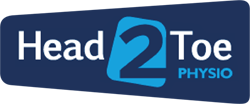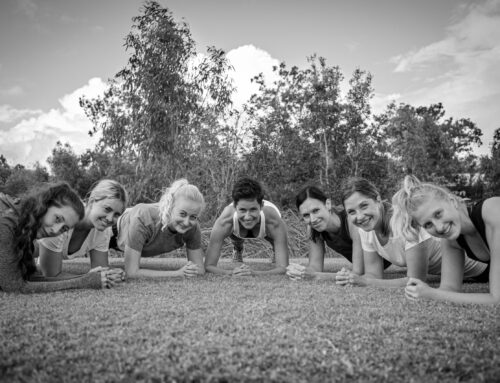Split Abdominals (Diastasis Recti)
No…..not the warning message you hear on the London Underground system but a common and often missed problem following childbirth. The Gap in this case relates to split abdominal muscles (Diastasis Recti).
At Head2Toe Physio clinic we find that women with this condition will describe their tummy bulging or say that they feel like they still look pregnant, some weeks or months (or even years!) after the baby has arrived.
The problem of split abdominals has been linked with negative body image and quality of life, highlighting the importance of its impact in the post natal population.
Research has found that 100% of pregnant women will have a split in their abdominals at 35 weeks pregnant, this happens of course because of the growing baby and whilst most women will see a reduction of this gap naturally over time, some women do not. It is classed as ‘normal’ to have to a 1 cm gap at your belly button following a pregnancy.
How do I check if I have Split Abdominals?
You can check whether you have a gap in your abdominals by lying on your back with your knees bent up, start with your fingers at your belly button and if you lift your head you should feel (if you have a gap) the sides on each abdominal wall either side of your fingers. Feel above and below the belly button to see if the gap is bigger above or below the belly button. If you have some doming of the abdomen with the lift of your head this is also a sign of split abdominals.
Although there is still good quality research needed, we can clinically reason that weakness in the abdominals can result in poor muscle function through the trunk that impacts on the back and pelvis and the pelvic floor.
On many occasions I have seen women referred to me in clinic with long term back or pelvic pain and have found on assessment they also have diastsis recti. This anecdotal evidence has been reflected in the literature.
Who do I see?
An assessment by our specialist women’s health physiotherapist, Anna Watson, will look in detail at the function around the pelvis, back and thorax and tailor a rehabilitation programme to your individual needs. It has been proven that the specific training of the abdominal muscles can reduce the separation seen in split abdominals (diastasis recti).
Read about Anna Watson and Ante/Post natal Physio at Head2Toe Dorking here
Assessment and treatment can be administered in the clinic or in the comfort of your own home.
If you or anyone you know is suffering from Womens Health issues and would like to have a physiotherapy assessment with Anna Watson for suitability of Womens Health physiotherapy treatment, contact us here.





